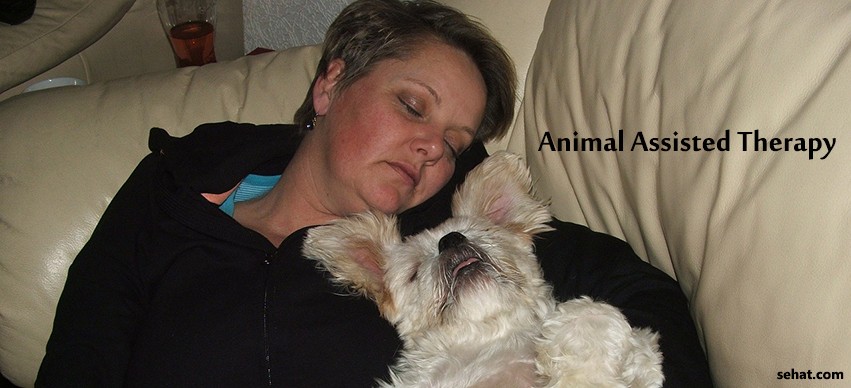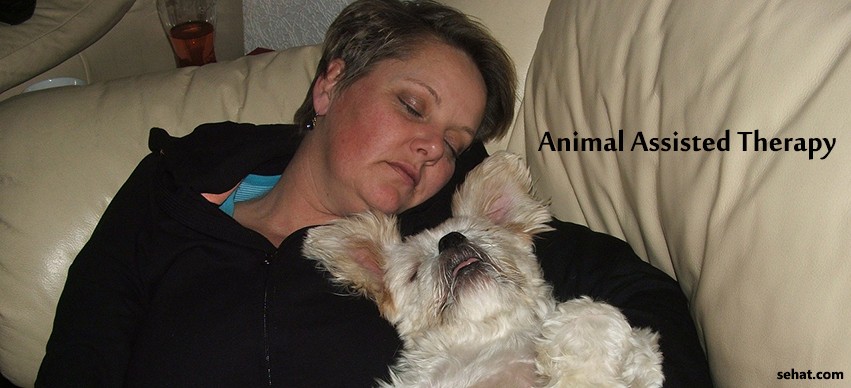Unveiling The Best Collagen Supplements For Women: Enhancing..
5 Min Read


Accomplishing therapeutic benefits by involving animals in the curative process is now becoming common enough in the medical arena to be treated as a specialized stream. Referred to as Animal Assisted Therapy, it entails facilitating and encouraging interaction between the patient and the chosen animal so that there is significant improvement in the former.
Today, Animal Assisted Therapy is a recognized and accepted discipline wherein the process begins with a casual ‘meet and greet’ session where pets are brought to a medical facility, senior citizen home or psychiatric center and made to mingle with the patients. Sometimes the program is tailored to meet the requirements of a particular person or medical condition, otherwise it is an interactive activity that is meant to foster communication, sharing and love. Whether every session needs to be monitored or treated as an unofficial visit depends on the caregivers as also the expected objectives.
Some of the segments which have been effectively benefited from Animal Assisted Therapy are –
Several other ways of harnessing the tremendous power of this therapy are being studied and on being released are likely to translate into good prognosis for various medical conditions.